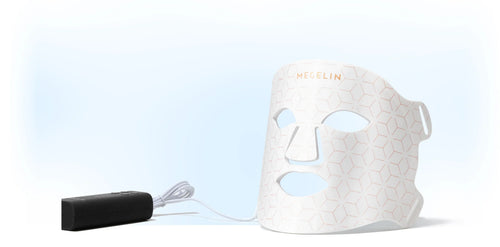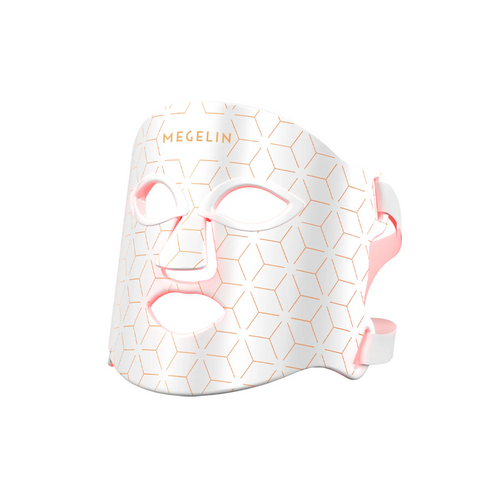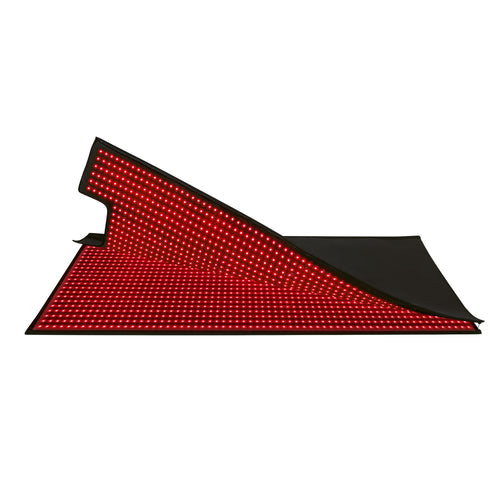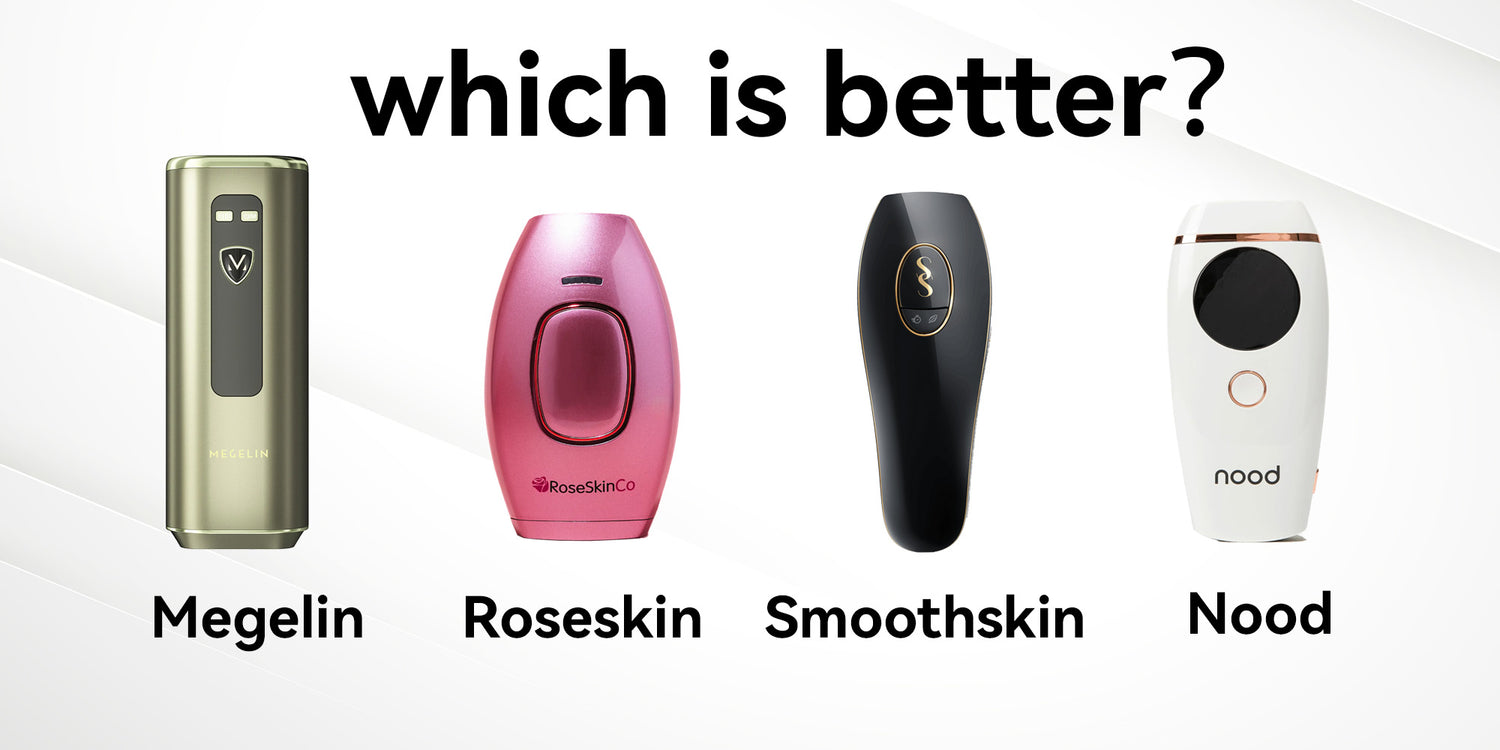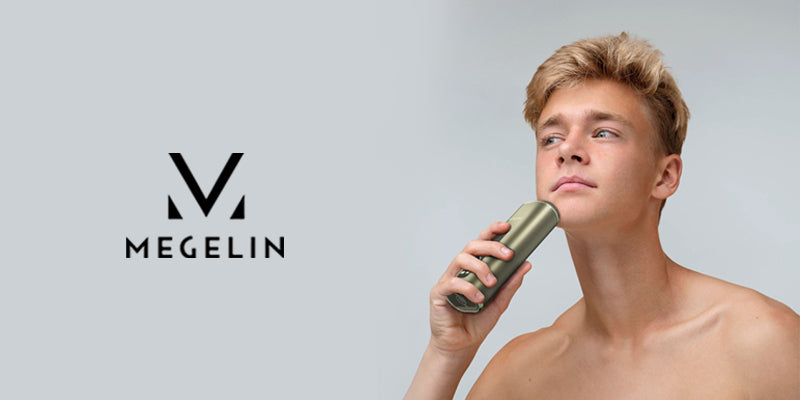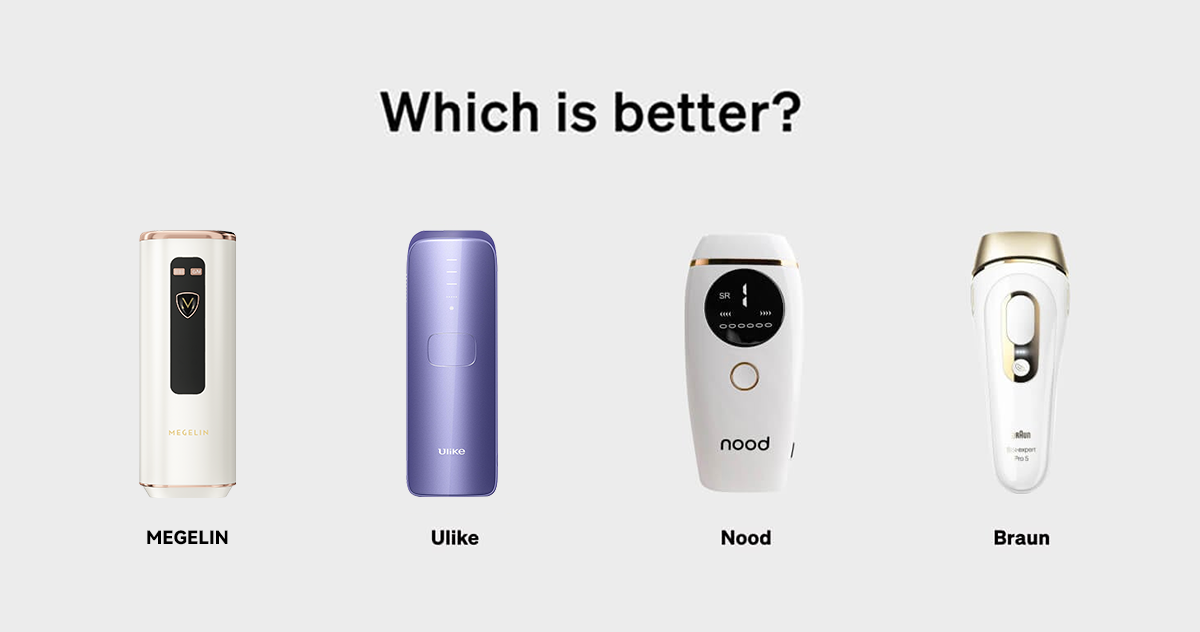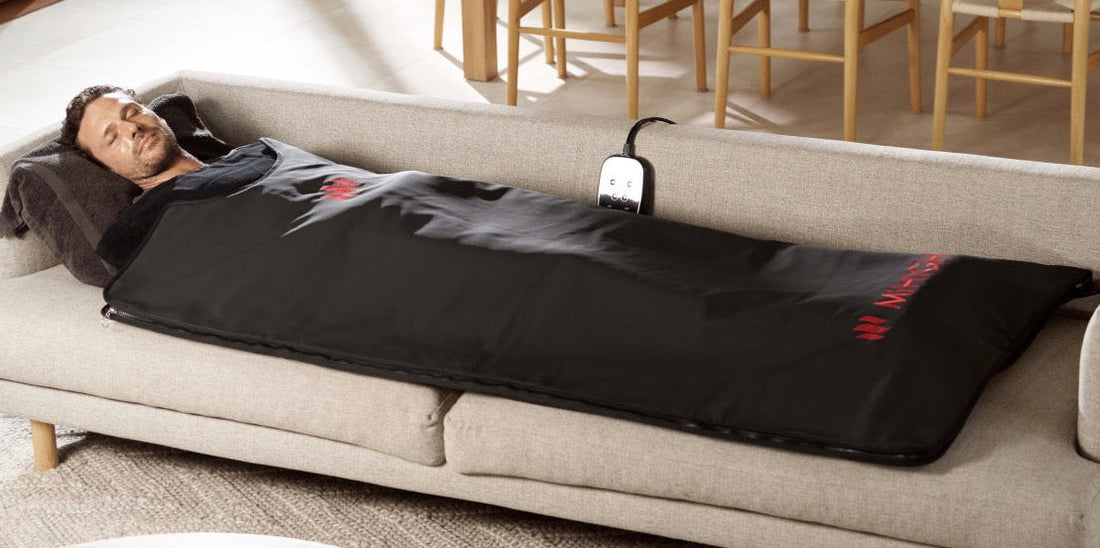
The Newest Facts |Top Queries About Infrared Sauna At Home
LambertJarvisAs the quest for health and wellness becomes more innovative, infrared technology emerges as a cornerstone for achieving a balanced lifestyle. Far from being a fleeting fad, the science behind infrared sauna blankets is grounded in substantial health benefits that cater to both body and soul, making it a must-have for those seeking to enhance their wellness routines from the comfort of their homes.
Eager to dive deeper? Our comprehensive Q&A sheds light on everything you need to know about infrared sauna blankets.
Are Infrared Sauna Blankets Safe for Everyone?
Studies affirm the safety and efficacy of infrared sauna blankets for most individuals, highlighting their potential in weight management and stress reduction (Reference 1). Consultation with healthcare professionals is recommended for those with specific conditions or medical devices (Reference 5).
Can an Infrared Sauna Blanket Aid in Reducing Visceral Fat?
Though direct research on infrared sauna blankets and visceral fat reduction is nascent, the principle of Far Infrared energy raising heart rate suggests a caloric burn that could facilitate weight loss, with studies indicating improved metabolic functions as a pathway to managing body weight (References 2, 6).
Enhancing Athletic Recovery with Infrared Sauna Blankets: Fact or Fiction?
Research supports the use of infrared sauna blankets in accelerating neuromuscular recovery post-exercise, aiding athletes in faster recuperation (Reference 7).
Relief from Back Pain: Is It Possible?
A 2019 study demonstrated significant pain relief and improved quality of life for individuals suffering from chronic back pain, underscoring the therapeutic potential of infrared sauna use in pain management (Reference 5).
How Long Should You Stay in an Infrared Sauna Blanket?
Guidance on session length is informed by both user experience and clinical research, suggesting a maximum of 60 minutes while recommending gradual adaptation for newcomers (General best practice).

